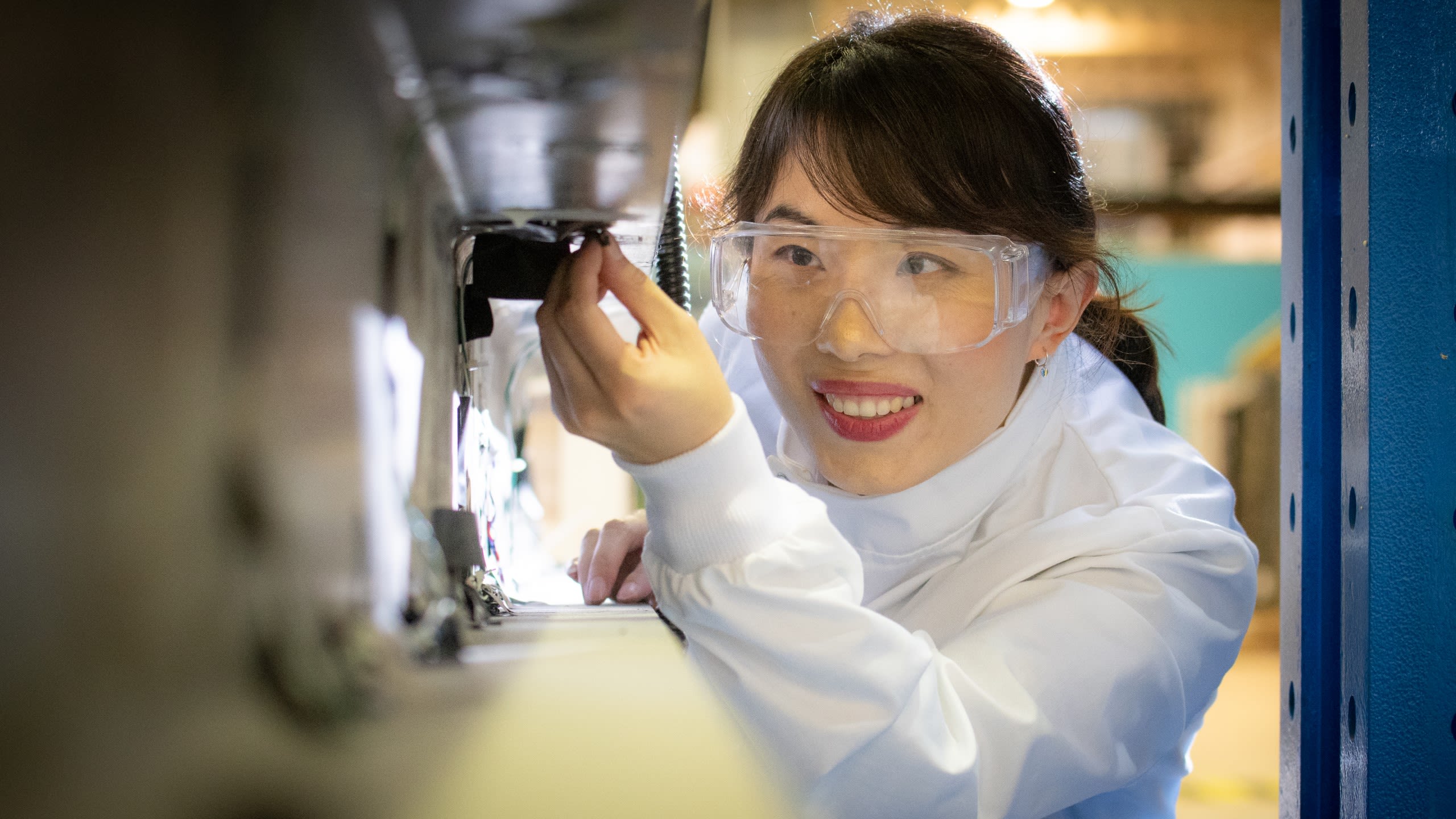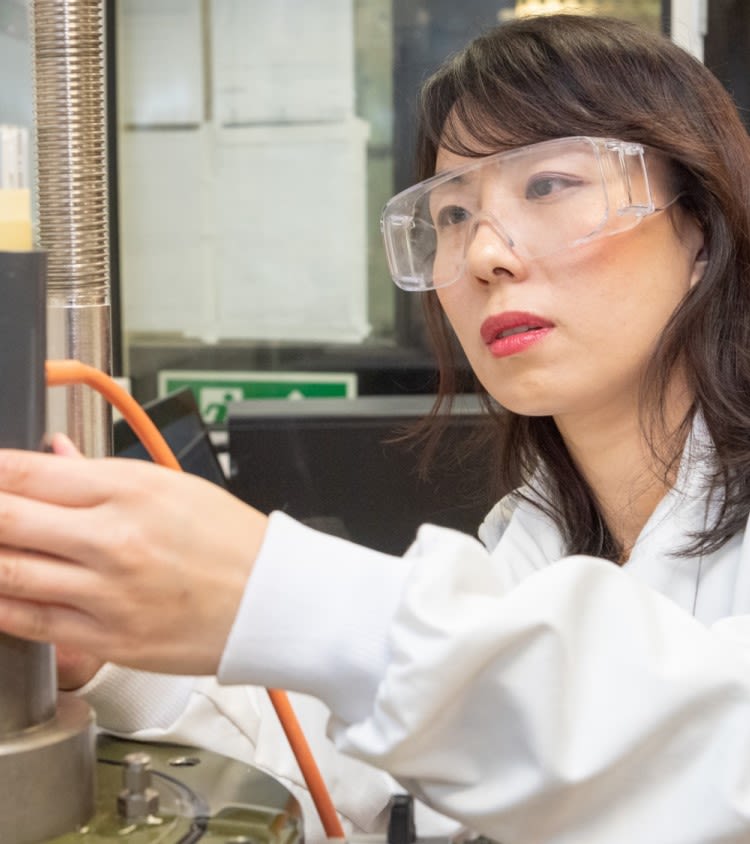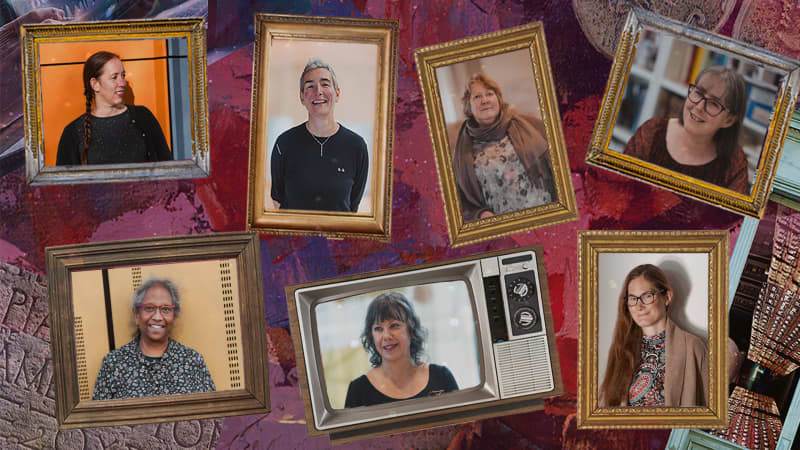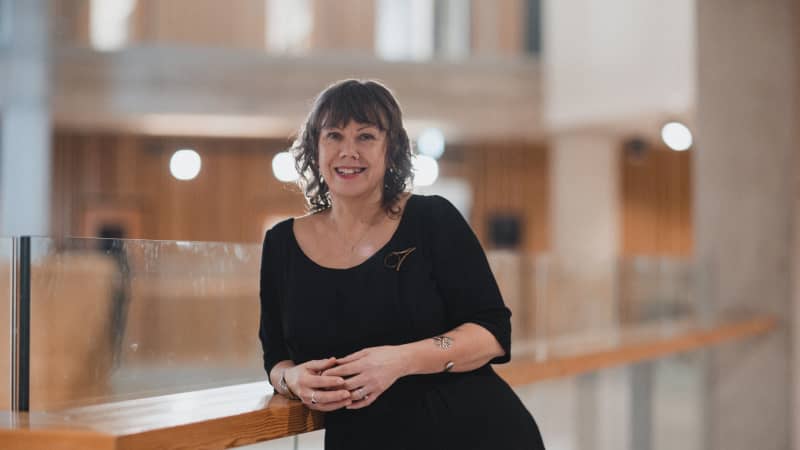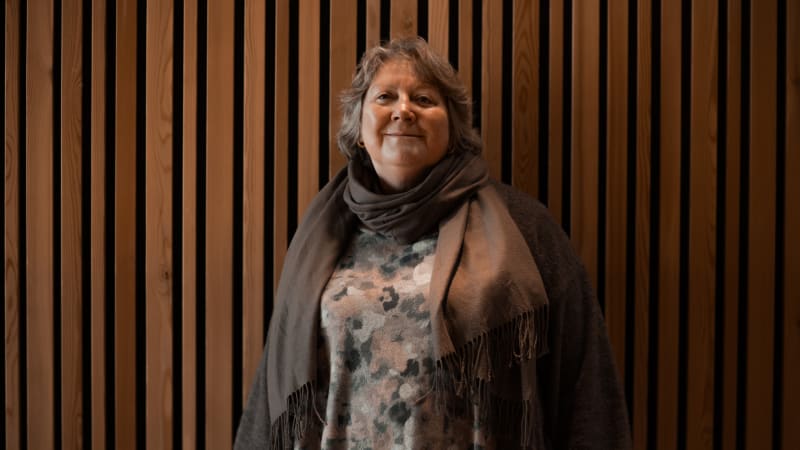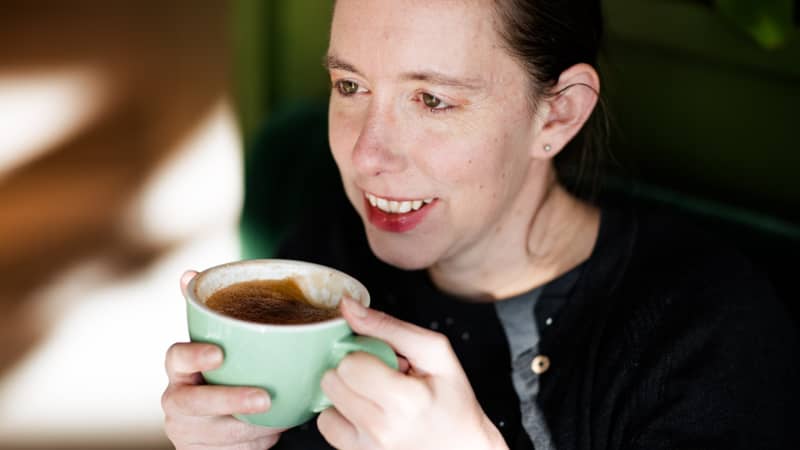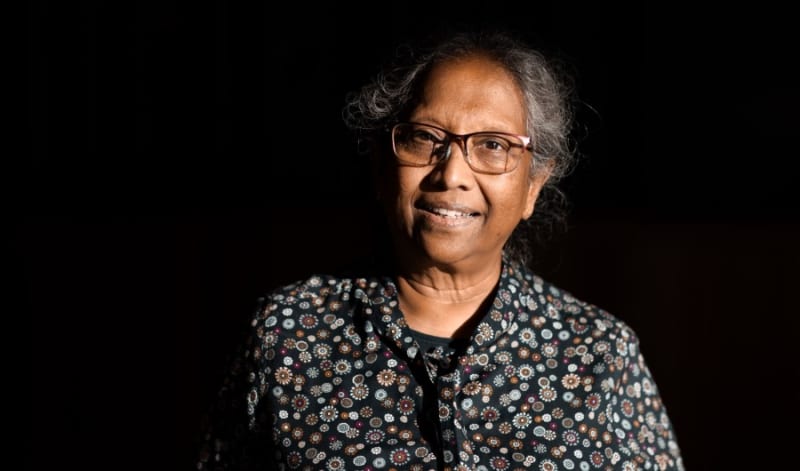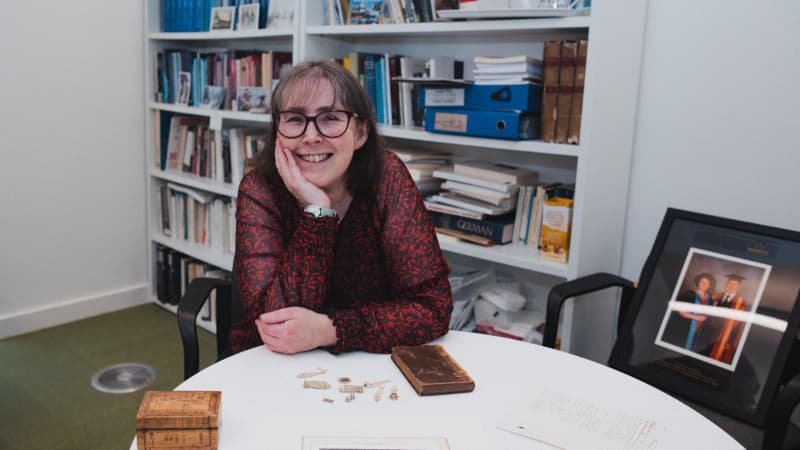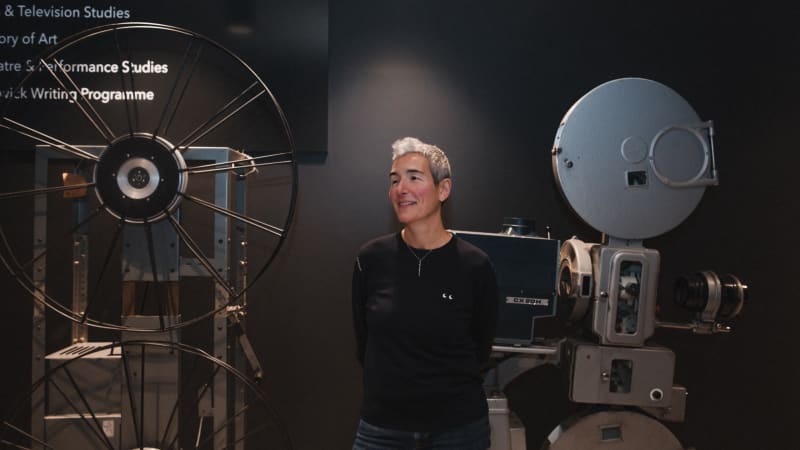Engineering the future:
Professor Xueyu Geng helps pave the way to a sustainable world

Based in the School of Engineering, Professor Xueyu Geng's research includes a wide range of areas, including railway track design, railway embankment stability analysis, ground improvement techniques, wind farms and energy-harvesting floors.
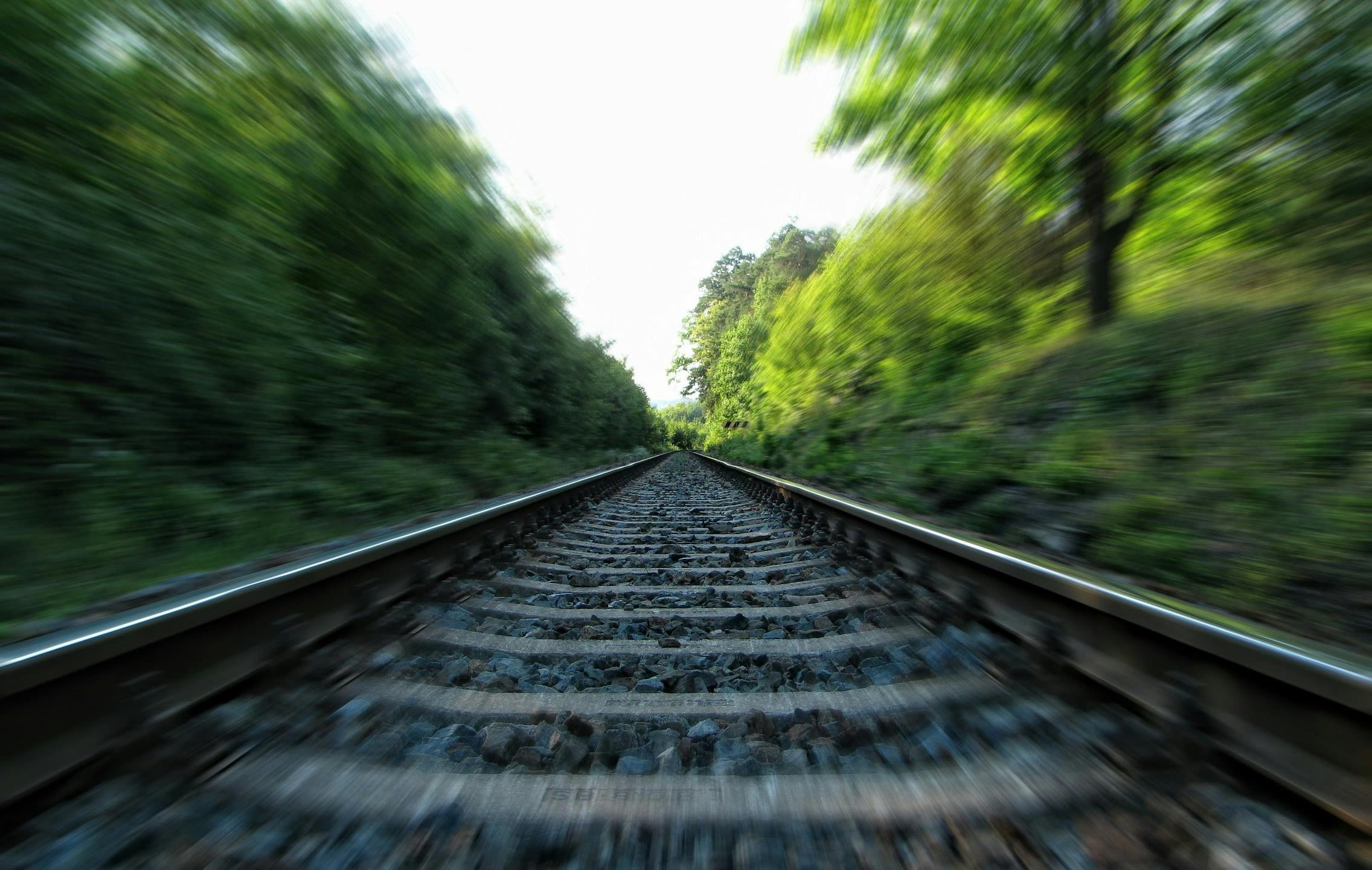
Changing tracks: From medicine to engineering
Xueyu’s career journey has taken her around the world, but engineering wasn’t always her career goal.
“When I was growing up, I really wanted to go to medical school” she says. “But despite my interest in medicine, my parents were very keen for me to pursue engineering.”
Then, whilst she was staying at a relative’s house as a teenager, her parents submitted an application for her to study engineering at university.
From LEGO to innovative infrastructure
Although this derailed her plans for medicine, she now realises it was the right career track for her. “When I look back, I think my parents understood me a bit better than I thought they did!” she reminisces. “I can't stand blood - but I’m good at assembling things. Even as a child, I enjoyed assembling things like Lego and similar toys. I think my parents made the right choice.”
Xueyu undertook her Engineering degree at Zhejiang University in China, before relocating to Nottingham for her PhD (a joint degree with Zhejiang University), and then moving to Australia in 2010. As a Research Fellow at the University of Wollongong, she conducted research into ground improvement and transport structures.
In 2013 she relocated again, this time to Scotland, where she worked as a Lecturer at Abertay University in Dundee. “I stayed there for a year before I got the opportunity to come to Warwick, and I’ve been doing civil engineering research here since 2015.”

Nature-based solutions
Xueyu’s research career has its roots in geohazards - natural geological processes that can cause damage, loss of life or impact development. These can range from earthquakes, to landslides, to coastal erosion and flooding. Based on ground improvement methodologies used in mainland Europe, Xueyu started developing environmentally-friendly methods of ground improvement for railway embankments using eco-friendly materials.
“People often want to change the planet based on the needs of humans, without thinking about the earth’s environment or animals. We alter and change the earth and planet so much just to meet our own needs. In the past, there was little care for the environment, but now, with climate change at the forefront, we realise we can’t be that selfish.
"That’s what’s led to some of my current projects – I focus on nature-based solutions using eco-friendly materials and respecting the wider soil ecosystem.” she explains.
"We alter and change the earth so much just to meet our own needs in the past. Now, with climate change at the forefront of people's minds, we realise we can’t be that selfish."
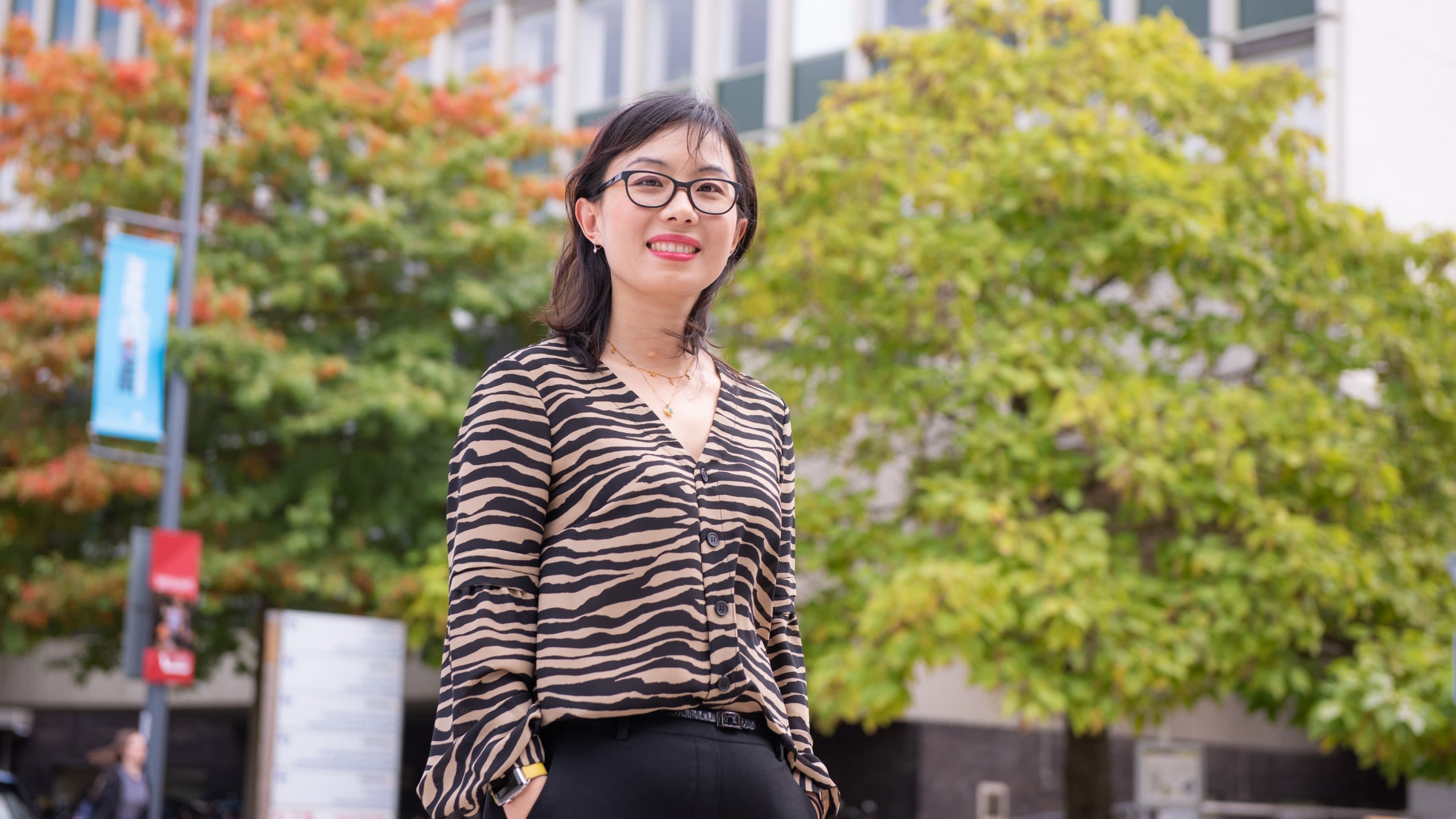
Bridging disciplines: The power of collaboration
For Xueyu, interdisciplinary collaboration has been crucial. “Amongst other things, I collaborate with professors from Life Sciences to conduct tests and research into soil ecologies” she explains.
“Being able to talk to people from other departments helps open up different unexpected perspectives and collaborative opportunities."
"I also have lots of opportunities to partner with industry. Bridging the gap between industry and research is important in my work.”
Contemporary challenges of ageing infrastructure
The railway system in Great Britain is the oldest railway system in the world, with the first built in England in the 1820s.
Some of England’s railway lines have been operating for more than 100 years, which brings with it a host of related problems in terms of slope stability. So Xueyu’s research has helped drive reinforcement or reduce the hazards, especially those that are driven by climate-related events such as flash flooding.
“Since I'm interested in the overall ecosystem, I collaborate with many European institutions and industries to look at creating better engineering solutions.”
Decarbonising mobility
Closer to home, Xueyu is working with WMG on the Coventry City Council Very Light Rail project. She explains: “Because the civil engineering sector actually has a lot of embedded CO2 emissions, decarbonisation is one of the missions we’re trying to achieve. For this project we investigated new types of materials to look at how we could address mobility needs whilst reducing CO2 emissions.”
Offshore
giants
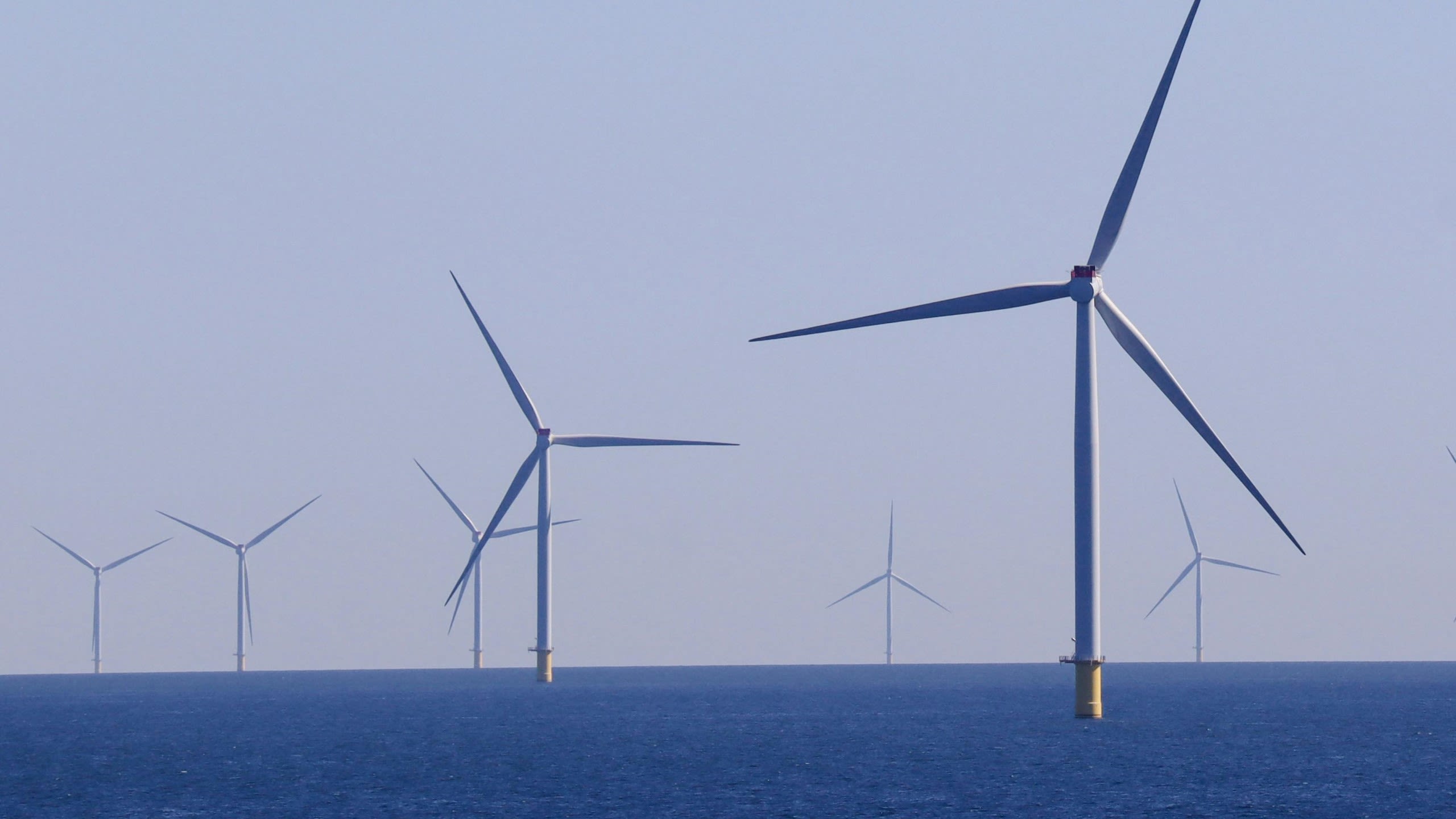
Xueyu’s research extends beyond transport and into the energy sector. “The energy sector is a multidisciplinary area, which includes civil engineering as a central component” she explains. “I'm starting to explore this area by looking at the offshore wind farms. Some of Europe’s earliest offshore wind farms are now reaching the end of their operational life, creating a need for replacement and further expansion as we transition towards more sustainable solutions.”
Whilst windfarms may deliver long term environmental benefits, constructing such giant offshore infrastructure in the ocean can cause disruption and damage to marine life. The construction process produces a lot of noise and vibration, and can also unleash pollutants that are harmful to aquatic species.
But when the researchers looked at these giant structures at sea, they also found that some marine animals lived around those foundations. As Xueyu says “They formed life around the underwater infrastructure. So whilst there can be detrimental consequences, there have been some positive impacts too. In this research area, I’m collaborating with many academics from other disciplines to look at the wider picture and help develop future windfarms.”
"Good vibrations"
Noise and vibrations from passing trains are an unavoidable part of the railways. However, the energy from the vibrations can negatively impact on the surrounding environment. Energy cannot be created or destroyed, it can only be transformed or transferred from one form to another. So how can it be converted and used productively to power equipment which had previously drawn on the grid?
Xueyu’s research explores how this harvested energy can be used to power sensors for railway infrastructure health monitoring, creating a more sustainable and self-sufficient monitoring system.
And, looking beyond railways, ground vibrations are a common part of everyday life, from transportation to entertainment venues.
She explains, “People dancing in nightclubs or exercising in gyms generate vibrations, just like buses and other vehicles. By installing energy-harvesting floors, we could capture this ‘bad’ vibration energy and convert it into something ‘good’ - powering electronic displays and making use of energy that would otherwise be wasted.”
Driven by curiosity
For those just starting their journey in engineering research, Xueyu emphasises the importance of staying open-minded and embracing challenges. “Engineering is about problem-solving, and the best solutions often come from thinking outside the box. Be willing to explore new ideas, collaborate with people from different disciplines, and never stop asking questions.”
With technology rapidly evolving, she adds, “We’re in a booming era for technology, and it’s transforming civil engineering. The opportunities are more exciting than ever, with advancements like AI, machine learning and sustainable materials paving the way for more efficient solutions. Engineers have the chance to really make an impact.”
"Find people who inspire you"
She encourages young engineers to seek out mentors and hands-on experience. “Find people who inspire you, get involved in projects and apply what you learn in real-world scenarios. The more you engage, the more confident and capable you’ll become in shaping the future of engineering.”
For female students in particular, Xueyu says: “Engineering is an exciting and rewarding field, and there’s no reason why gender should limit your potential. My advice is to stay confident, trust in your abilities, and not be discouraged by challenges or stereotypes. Surround yourself with supportive mentors and peers, and don’t hesitate to ask for help or guidance.”
Driving research forward with new perspectives
Although she’s lived and worked in several countries, Xueyu feels happiest at Warwick. “It’s the best place by far for me, and I’ve stayed here for 10 years. I love the opportunity to collaborate with colleagues from different disciplines, which is one of the greatest advantages of being in a general engineering school.
"This environment has broadened my mind, provided new perspectives, and helped drive my research forward, ultimately contributing to a more sustainable world for future generations.”

"Be willing to explore new ideas, collaborate with people from different disciplines, and never stop asking questions.”
